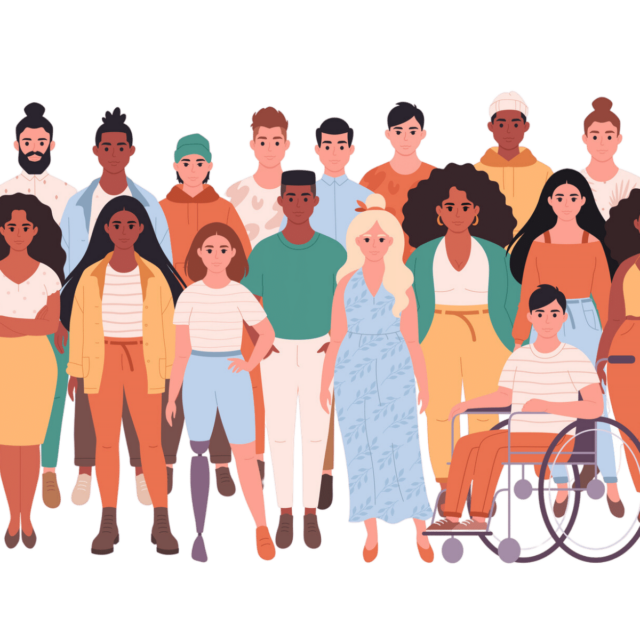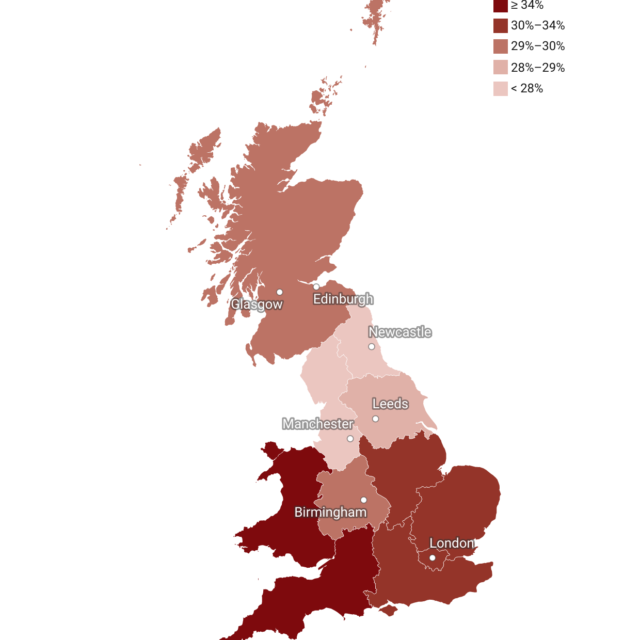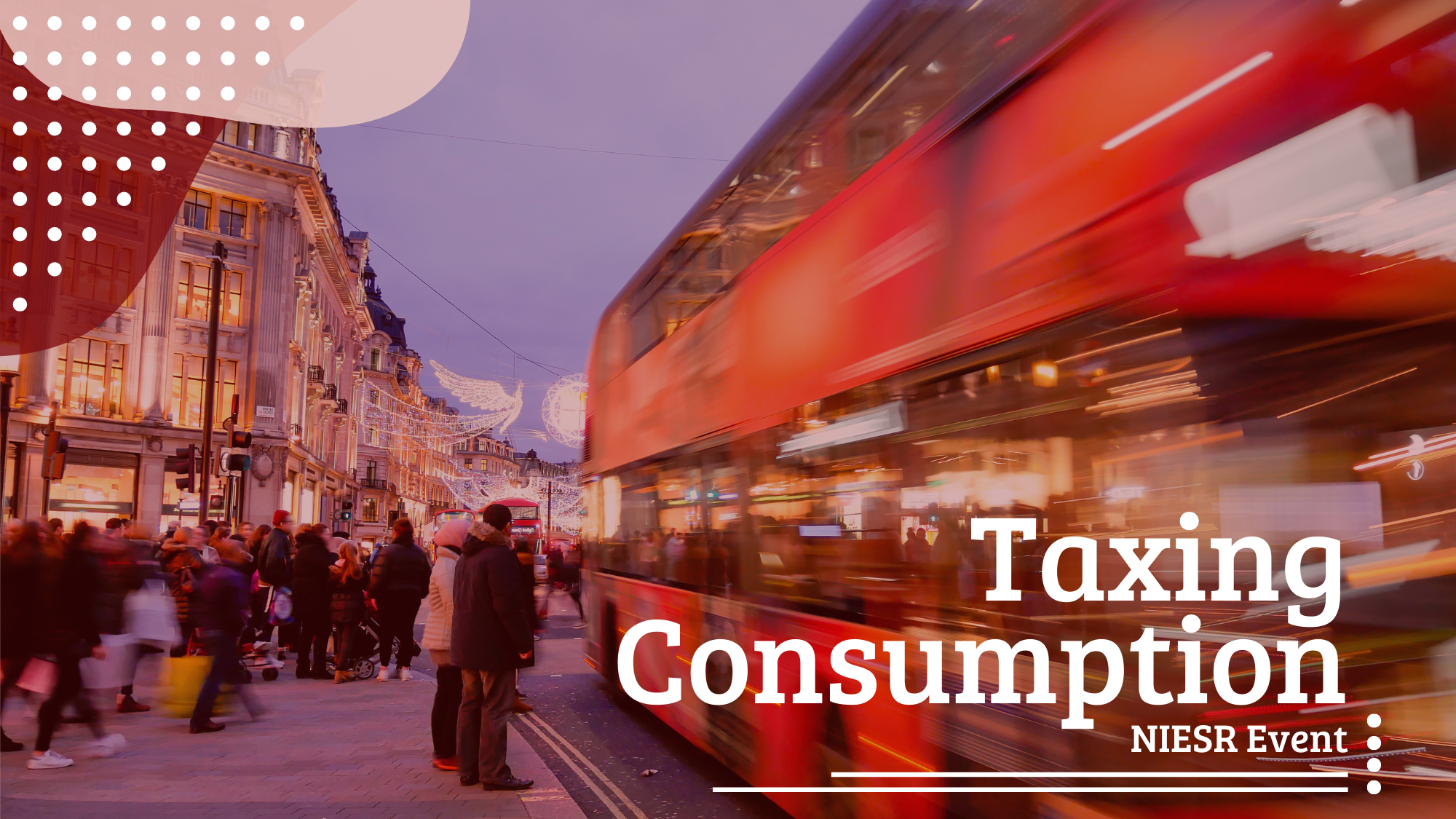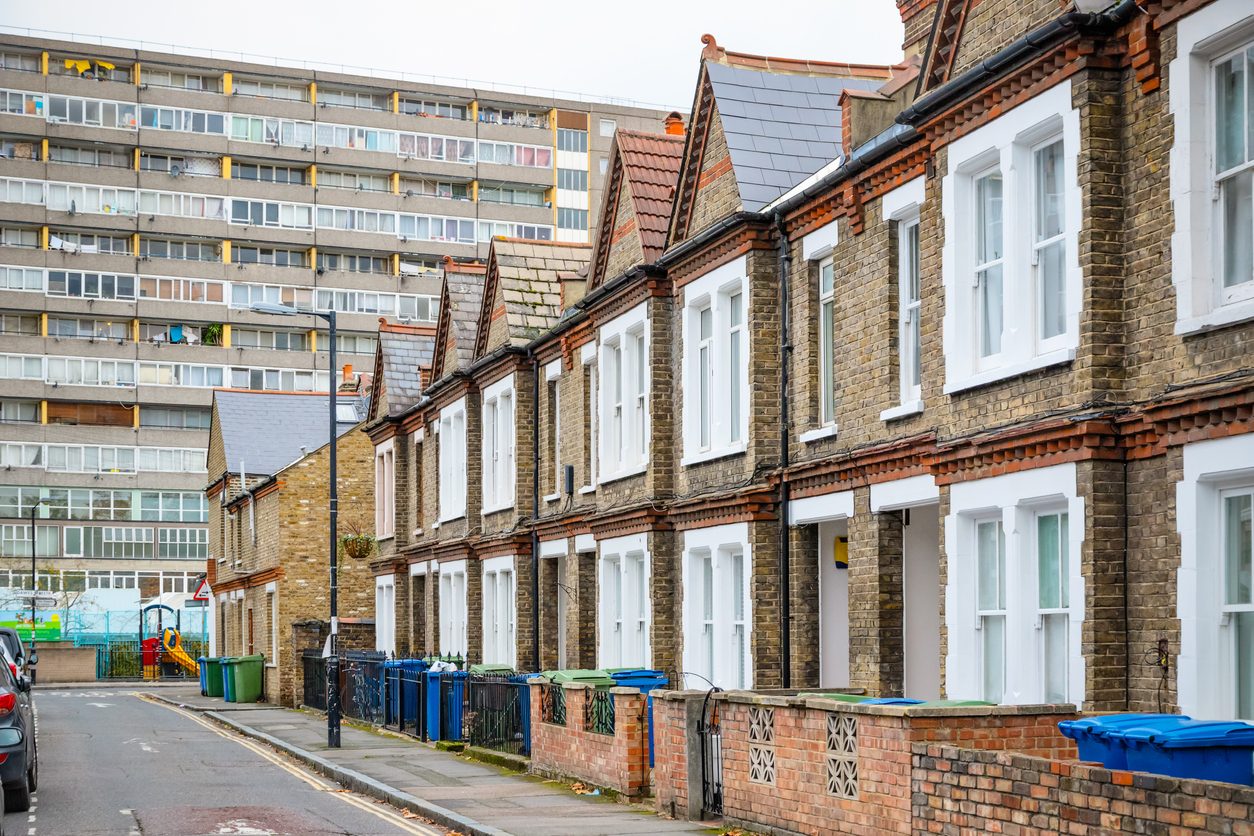Friday Flyer: Inequality for All?
There is a growing sense that globalisation, by equalising the international price for labour and for capital, has acted to reduce both real wages and real interest rates – the former means that labour earns less but the latter tends to inflate asset prices. This wedge in the return to capital and labour may help us understand why income and wealth inequality has increased in the recent past.
There is a growing sense that globalisation, by equalising the international price for labour and for capital, has acted to reduce both real wages and real interest rates – the former means that labour earns less but the latter tends to inflate asset prices. This wedge in the return to capital and labour may help us understand why income and wealth inequality has increased in the recent past. Those who rely only on labour income will not have done as well as those who own some capital. The financial boom may have acted to mask some of this increase in inequality but the ongoing financial crisis may have removed the scales from our eyes and thus re-ignited a debate on inequality. Indeed one element of the intellectual legacy of this crisis has involved repetition in some quarters of the Marxist warning that capitalism sows the seeds of its own destruction. Such warnings are not new and there has long been a tension between what we might call optimists and pessimists. The former tend to think of capitalism as essentially a device for the progress of humanity and the latter as a mechanism that is inherently unstable and prone to recession.
Take for example the question of whether the apparent increase in inequality is simply related to the increase in capital values, held by those at the top of the distribution, compared to the labour share in income earned by workers. Actually, the inequality picture is complicated. At the bottom end of the global distribution, there has been a remarkable reduction of the numbers in the tail. From 1990 to 2010, the fraction of people living below the poverty line of $1.25 per day in developing countries, fell from 43% to 21%. This fall has taken nearly 1bn people out of extreme poverty and the numbers are forecast to fall below 10% by the end of this decade. The very process that has created such a great concentration of income in the top percentile has also acted to eliminate much, but sadly not yet all, of the extreme poverty at the bottom.
And if we take a peek at home, in the UK, the main increase in income inequality occurred in the first half of the 1980s: in the early days of the neo-liberal agenda. And whilst there has been increase in income held by the top percentile from around 5% to 15% or so in this period, the share of wealth held by the same percentile has trended down and the fraction of people living with income below 60% of the median has fallen from over 20% to 15%. In fact there seems to be little overall change in overall domestic inequality and this is because some improvements in the relative position of those below the median have been offset by some acceleration in the extent to which the very top are pulling away. Although the picture is complex, if we move away from the numbers and start to think about capability there may be something of a case for both ex post and ex ante income redistribution.
But also note that the case would be even stronger if we were to think of these top earners and wealth holders as a fixed group of infinitely lived people then we might be particularly concerned. But the data simply says that if you become a high earner or owner of wealth you may own a large fraction of national income at a given point in time. Estimates of intergenerational mobility suggest that when we move from one generation to the next, high levels of income in the previous generation may explain less than 30% of the income of the next generation. And if we move this forward a number of generations and take 0.3 to some power, how rich your ancestors may have been may explain very little of our own income or wealth outcomes. Luck or personal endeavour explain much of our life’s outcomes: perhaps as it should be but not in line with a deterministic setting. In other words, every dot represents a different set of people. Churning of income and wealth is probably good. The biggest problem is not so much who has the wealth or income but whether we have the appropriate level of movement within the income and wealth distributions. People may value what they think they can become as much as what they are.

















